Japan is a wondrous country with a truly unique culture, with Westerners embracing things like Manga, Japanese snacks, and their excellent liquor. However, a part of Japanese culture that is discussed a little less frequently is the country’s religion.
So what are Shinto beliefs? Shinto beliefs are similar to animism, since they are linked to the kami, which is a power that is found in everything. The religion is unique because it blends theism with animism, as it is also a polytheistic belief system that features many different deities representative of natural forces.
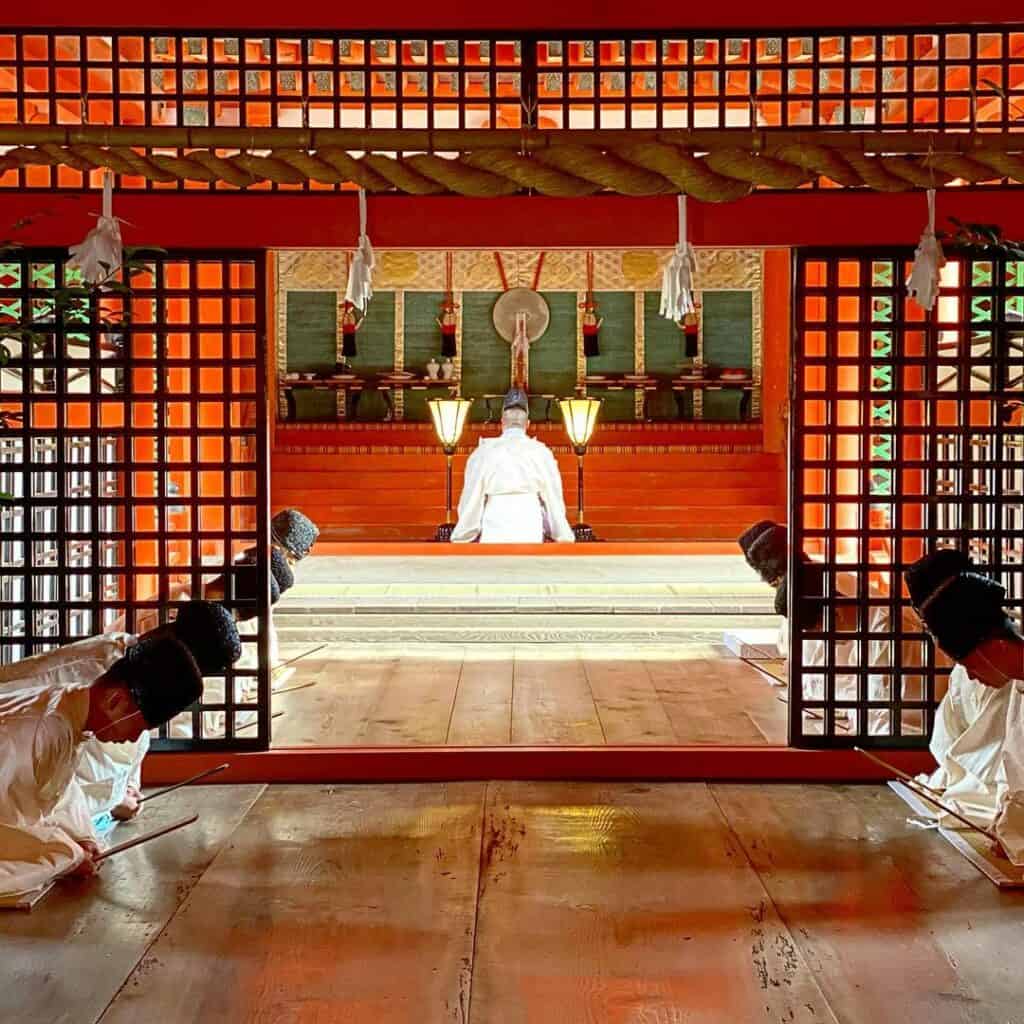

Of course, there’s only so much that you can sum up about a complex system of beliefs like Shinto in a few sentences. I’m going to cover everything you need to know about what Shintoists believe and I’m going to answer a few related questions that many people have about this belief system.
In this guide, I’m going to take a look at Shinto.
What Are Shinto Beliefs?
Shinto is considered Japan’s native religion, and while Christianity and Buddhism may also be practiced on the island nation, Japan’s inhabitants have a special link to Shinto. Unlike many religions, Shinto features no authority figures, and the religion is open to anyone who wishes to practice it.
The union between animism and pantheism that makes Shinto so unique is due to the religion’s belief in kami, which are essentially spirits or gods that inhabit everything in the world. There are many different places where the kami can be worshipped, and there is no right way to practice Shinto.
Shrines where Shinto is practiced include kamidana, which are household shrines, and these are the most common places where people practice their Shinto beliefs. However, along with these, you can practice the religion at jinja, which are shrines that are open to the general public for worship.
The religion also features its own priests, who are known as kannushi, and they staff the jinja around the country. It is common to make offerings of both beverages and food at these shrines, and the kannushi are tasked with watching over the offerings that are made at these shrines.
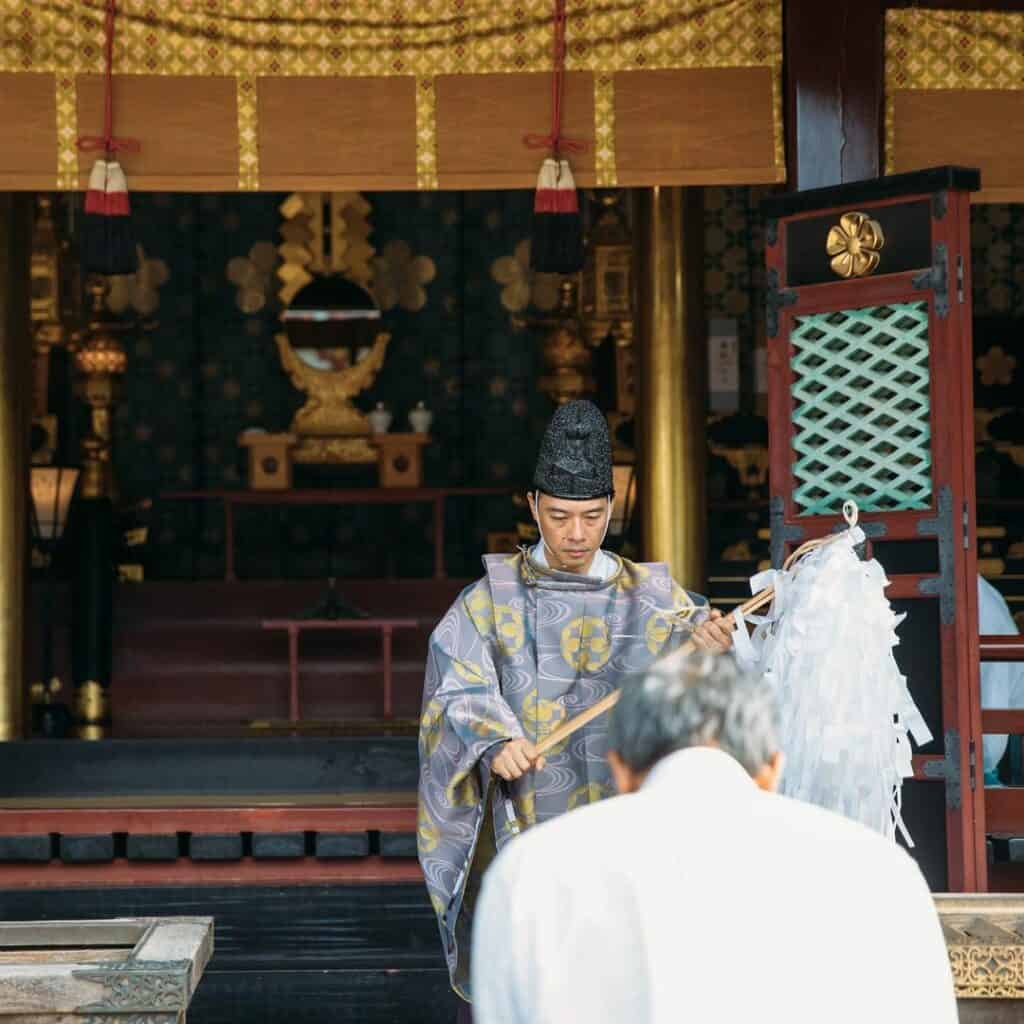
Each jinja is dedicated to a specific kami that is believed to inhabit the place where the shrine is laid down. When someone makes an offering to that kami, then they are essentially asking for that particular kami to bless them, much like when offerings are made in other religions.
One of the more unique things about Shinto is that it doesn’t force the people practicing it to abide by a particular code in terms of morality. However, one thing that is emphasized in Shinto is purity, which can be practiced in a wide range of different ways, depending on how you interpret it.
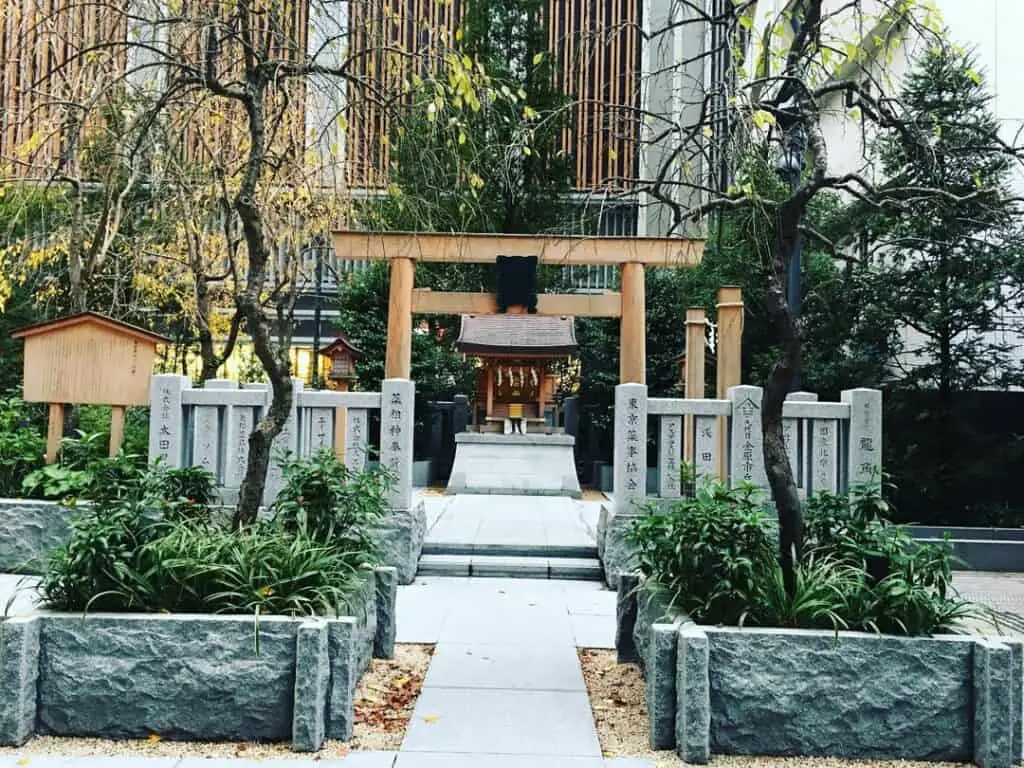
In most cases, people who abide by Shinto beliefs tend to keep things neat and orderly, and they assign a ritualistic value to things like bathing and washing. A unique thing about Shinto is that it’s not necessarily mutually exclusive with other religions for a range of reasons.
A huge factor that makes Shinto compatible with other religions is the fact that it doesn’t believe in a specific creator. Yet another factor that makes Shinto get along well with other belief systems is the fact that it doesn’t have a sacred text, which is the case in many other large religions.
Because of this compatibility with other ways of believing in things, much of Japan’s population believes in both Shinto and Buddhism. While Shinto is the most popular religion in the country and Buddhism is the second-most popular, there is significant overlap between the people who believe in them.
In fact, this was present as far back as 300 CE, which is considered to be the point at which both Buddhism and Shinto entered Japan. The practice of both of them being worshipped at the same time was historically known as shinbutsu-shugo.
However, these religions were eventually separated in Japan’s Meiji era, which lasted from 1868 to 1912. In this period, the country’s leaders formed Shinto as a separate religion, distancing it from Buddhist beliefs and creating something of a rift between the belief systems that lasts until the present day.
Is Shinto a Closed Religion?
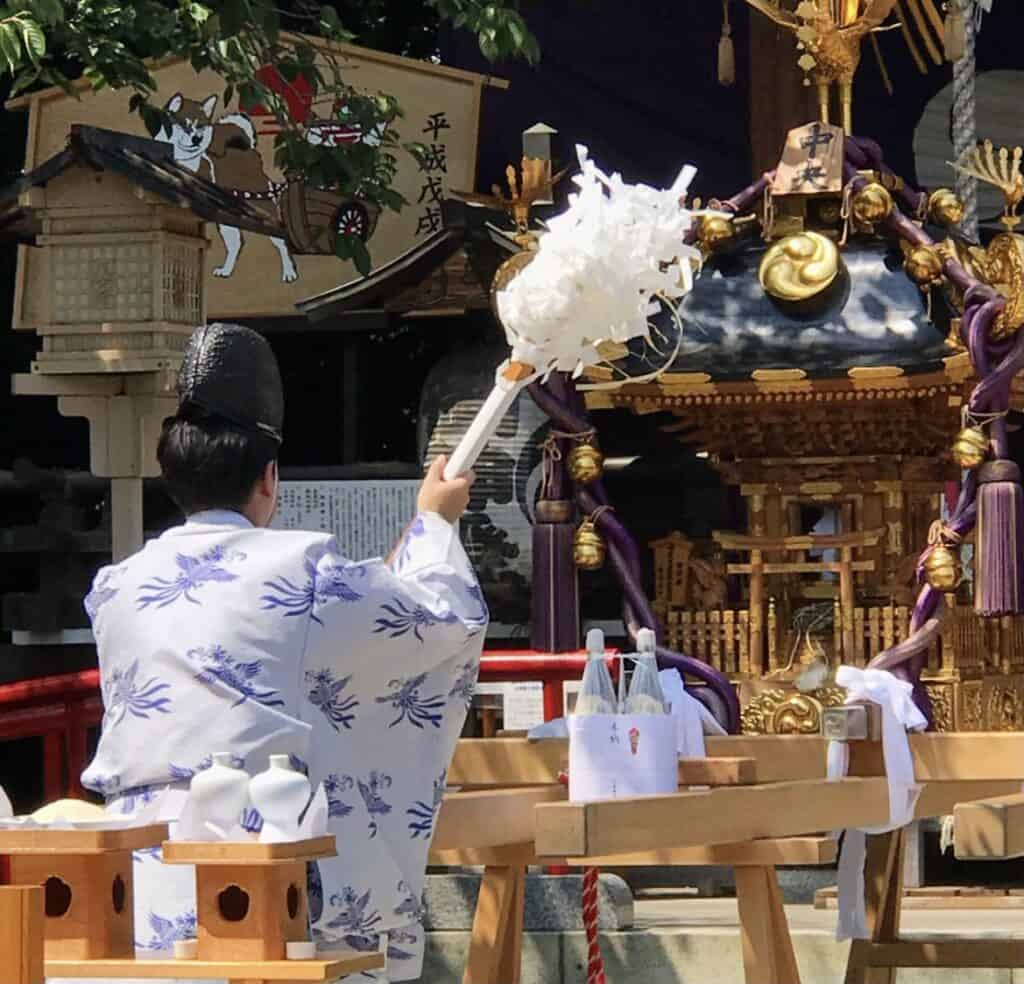
Many people believe that Shinto is a closed religion because of its status as a Japanese state religion throughout the period of the Meiji era and World War II. After that, freedom of religion was established in Japan, and Shinto started to seem like a much more open religion.
If you wish to practice Shinto, then there is absolutely nothing stopping you, and you don’t have to be converted or initiated into it, like in religions like Judaism. In fact, people who believe in Shinto don’t even have the objective of converting other people to their religion, in stark contrast to Abrahamic belief systems.
However, if you wish to practice Shinto, you will have to learn more about the religion’s practices and beliefs. This is because practicing the religion properly is an important part of getting the most out of it, though the religion is open-ended enough that you can practice what you wish to.
Is Sumo Wrestling Linked to Shinto?
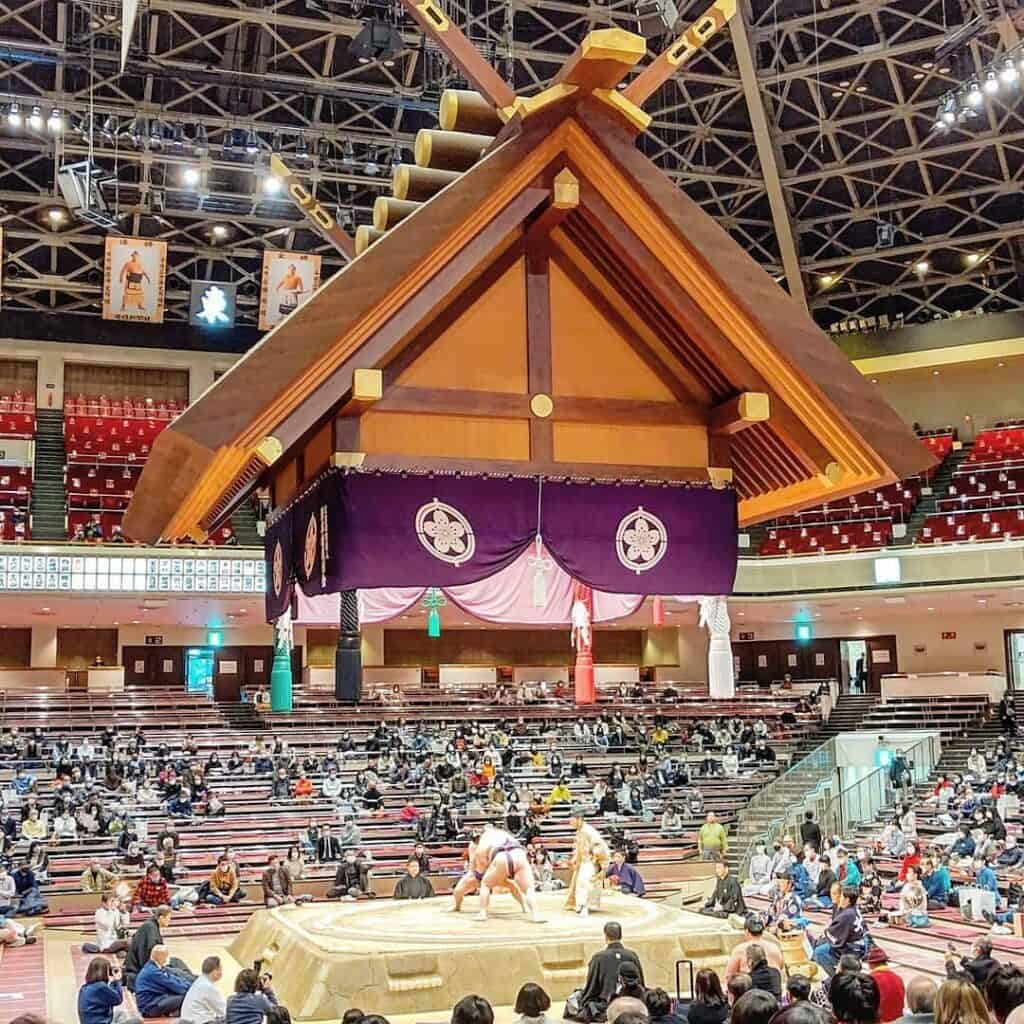
Sumo wrestling is an immensely ritualistic sport, unlike other forms of wrestling that are mainly athletic in nature. This is largely due to the fact that Sumo has almost directly descended from Shinto rituals and the fact that both Sumo and Shinto are expressions of Japanese national identity.
Scholars believe that Sumo wrestling initially descended from Shinto rituals that existed to ensure that harvests were large and bountiful. This was done by honoring the kami responsible for the crops, and there are plenty of holdovers in present-day sumo wrestling that stem from this.
For example, the dohyo, which is the canopy laid over the top of the sumo ring, resembles a Shinto shrine. Another similarity is the fact that the referee throws salt into the ring to purify it, since purity is one of the core tenets of Shinto.
